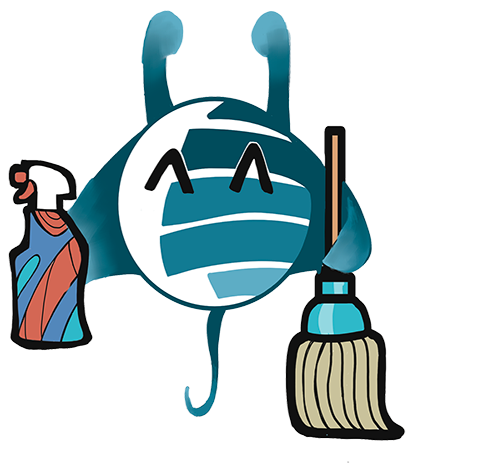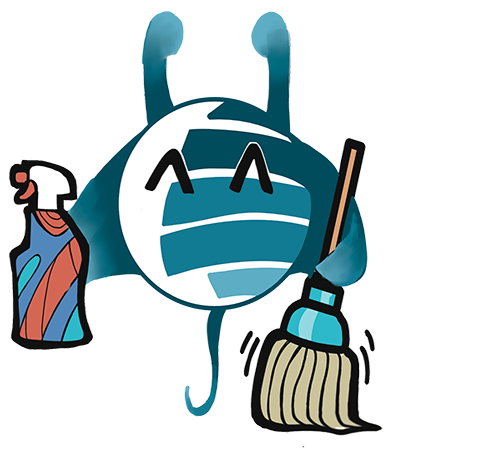Among the inhabitants of the sea, it is one of the most popular subjects for those who photograph the beauties of the blue planet. And it is one of the symbols of the Mediterranean, although it is also present in the Atlantic Ocean. Belonging to the Serranidae family, which has about eighty species, eight of which are at home in the Mare Nostrum, the Dusky Grouper (Epinephelus marginatus) is certainly the most widespread and familiar. Among the largest bony fish in the Mediterranean, carnivorous and formidable predator at the top of the food chain, it plays a delicate and fundamental role in the ecological balance of the sea. Therefore, the progressive decrease found throughout the Mediterranean basin represents a serious problem, confirmed by the "vulnerability" assessment that the IUCN, the International Union for Conservation of Nature, has attributed to the species.
Groupers are territorial animals, living alone in their burrows among the rocks, but it is not uncommon to find them nesting among the sandy seabeds where Posidonia and Zostera grow. It prefers to live between 10 and 200 meters, but some specimens have been found even at greater depths. It hunts its prey during the day, mostly cephalopods and fish. It is not aggressive with species that are not among its prey, but tends to be aggressive with marine animals that share its territory and with other male groupers.
The large head is a peculiarity of groupers. Like the large mouth, with a mandible protruding from the maxilla, equipped with canines and other teeth, inclined inwards, some mobile and depressible, functional to the variety of prey it feeds on. The body is robust. The color can vary during the breeding season and in particular situations, such as when the animal is scared. In general, the back has a coloration between dark brown and dark red with numerous gray or yellowish spots, distributed everywhere even on the head; the belly is lighter, tending towards yellow. The odd fins are dark brown with a white edge at the tip, the pelvic and pectoral fins are dark, yellowish at the base. The tail, with a rounded fan shape, is streaked with white. It has spines on the long dorsal fin and on the anal fin. It can reach one meter and twenty in length and an average weight of sixty kilos in the male. The female is smaller.
Groupers can live up to fifty years. They are protogynous hermaphrodites, meaning they are born female and reach sexual maturity at 5 years of age. Then, around 12 years of age, and in any case between 10 and 15, they become male. While this is the general “rule,” there are also particular situations, mostly related to the needs of the species, in which the sex change does not occur.
In the Mediterranean, it is during the summer season that grouper specimens temporarily give up solitary life and gather together for reproduction with other similar ones, in sites at a depth of between 15 and 30 meters. The species has been subject to excessive hunting, especially in the last century, which has led to its reduction everywhere, even making it rare in some parts of the Mediterranean where it was once very widespread. Since the adults and larger specimens, therefore the males, are preferred as prey, imbalances have been created in the population between males and females, thus interfering with the reproductive capacity of the species. But also the pollution of the sea and increasingly the effects of global warming represent threats to groupers. In recent decades, various protection projects have been dedicated to them and in any case in the Marine Protected Areas active protection is starting to bear fruit. Considered an endangered species in the Mediterranean and in the rest of the world, it is protected by the Bern and Barcelona Conventions. And it is a precious indicator of the ecological balance of the sea: where there are groupers, it means that the food chain works, that there is biological variety, that protection is effective.
The Italian Marine Protected Areas also include the rarer Red Grouper (Mycteroperca rubra), reddish brown, darker on the back and much less on the belly, with dark lines and white spots on the sides, and the Golden Grouper (Epinephelus costae), also known as the ductus, two-coloured with a brown and beige body with a characteristic ovoid golden spot near the gill cover and very visible bands on the sides.




